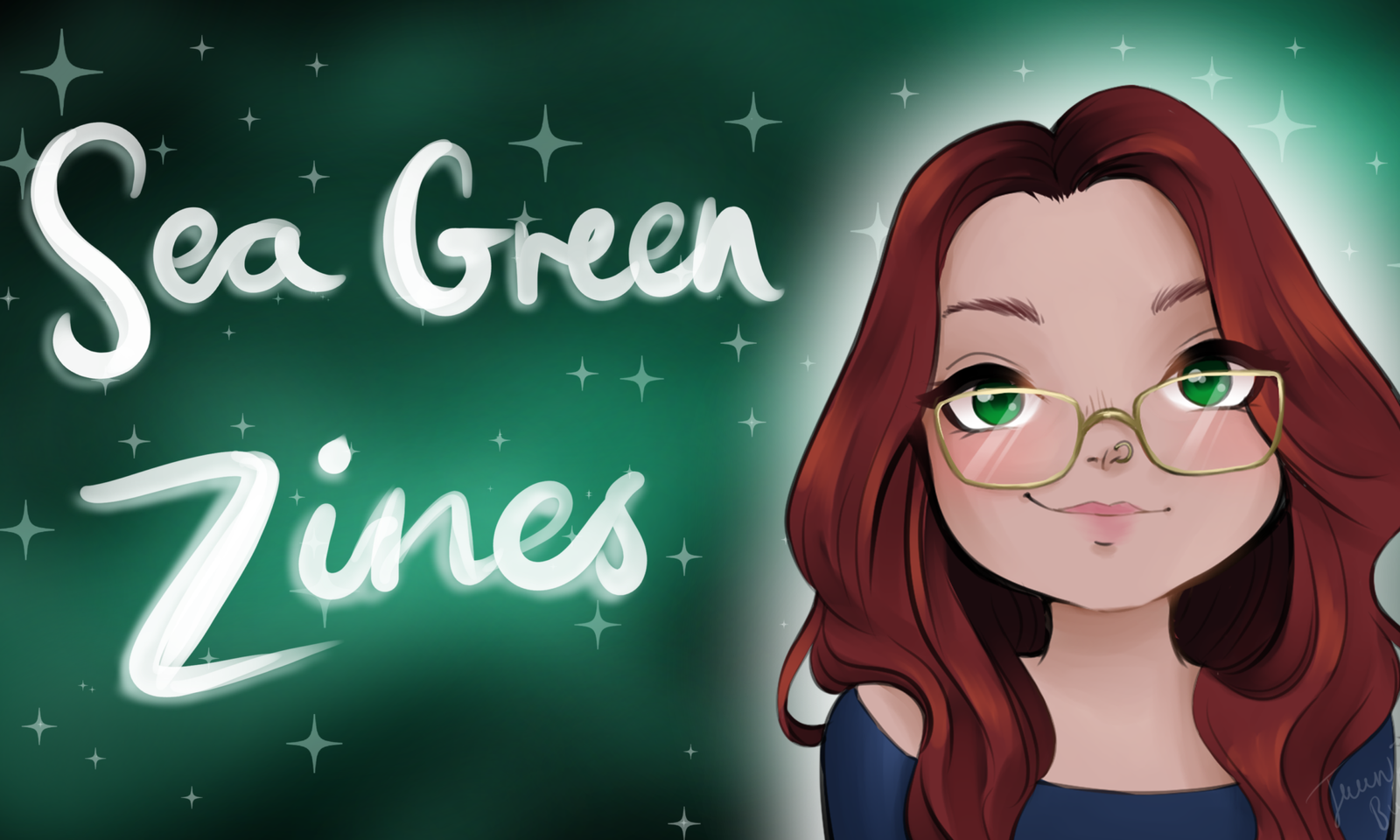I know I’ve said it loud and proud from the rooftops that the beauty of zines is that there is no one way to make them. That still holds true, and the things I mention in this post as things that make ‘excellent’ zine are simply opinions. (Though the current post title IS much better than ‘Things You Could Consider Including in Your Next Zine’.)
That being said… There are a few things that I love to see in zines.
If I’m in the right kind of mood, having words cut off by printer margins can be like a fun puzzle that I have to sort out. I’ve only ever been in that mood once.
Printers and copiers have margins on all sides that they won’t print on. (Unless you have a printer that does borderless printing, in which case I am jealous.) That’s why you get that wonderful white box around an otherwise dark/heavily cut and pasted zine.
It’s too easy to set margins in Word, InDesign, and other programs to simply ignore it. Doing things completely by hand isn’t an excuse in my book either (though Dear Anonymous 1 will show you that I learned the hard way). There are plenty of ways to take care of it – from simply being aware of the margins to using something like washi/tissue tape that will give you a border without ripping your page up when you take it off.

I get the ‘stick it to the man’ crowd who won’t be held back by ‘margins’ or ‘thinking about layout’ and such. I get not wanting to be held back creatively. But having your words get cut off because of lack of margin awareness is less ‘stick it to the man’ and more ‘stick it to the reader’. (Hint: you probably don’t want to stick it to the reader)
You probably saw this one coming because I talk so much about it in my reviews. You know how much I love zines. If I love your zine, I want to know more about any other zines you may have created or are creating. I want to follow on Instagram and Twitter. Possibly Tumblr even though that’s still a bit of a foreign world to me. There’s not a lot that I appreciate more as a thoughtful gesture as clear contact info.
I do keep in mind, however, that some people don’t want to be found/contacted/etc. So while I do make a point of it often, I am also considerate that some people want to create in an anonymous way.
I don’t see a lot of handwriting in the zines I read, but I have seen the bad side of it. There was one zine with a subject I was very interested in, but there were handwritten parts mixed in with typed parts… and I could barely make out the handwriting. Pair that with bad margin awareness, and you have something that people are likely to put down.
A side note for fonts: I love fonts. There are so many out there, and places like DaFont.com make it easy to find exactly what you need. What you probably don’t need in your zine, however, is a lot of different fonts. There are exceptions to this (at least, I hope, because I consider Dear Anonymous to be one example of an exception), but consider your font usage carefully.

I know I said three tips, but here are a few other things you *might* want to put in your next zine. You absolutely have to stay true to your vision of what you want your zine to be, and you have to do what makes sense (why put a table of contents in a four-page mini-zine?). However, there is fun to be had by thinking outside the box…
*‘First printed’ date
*# Print run
*# Zine (ex 2/30)
*Page Numbers
*Table of Contents
*Intro Page/What it’s all about
Have fun. Do what’s right for you and your zine.
